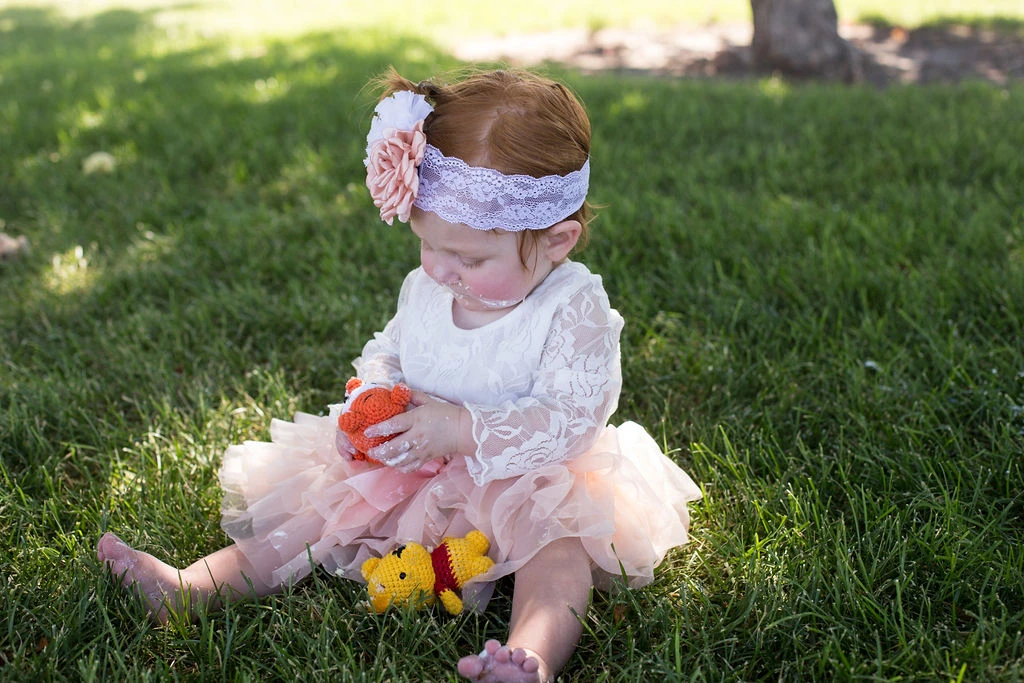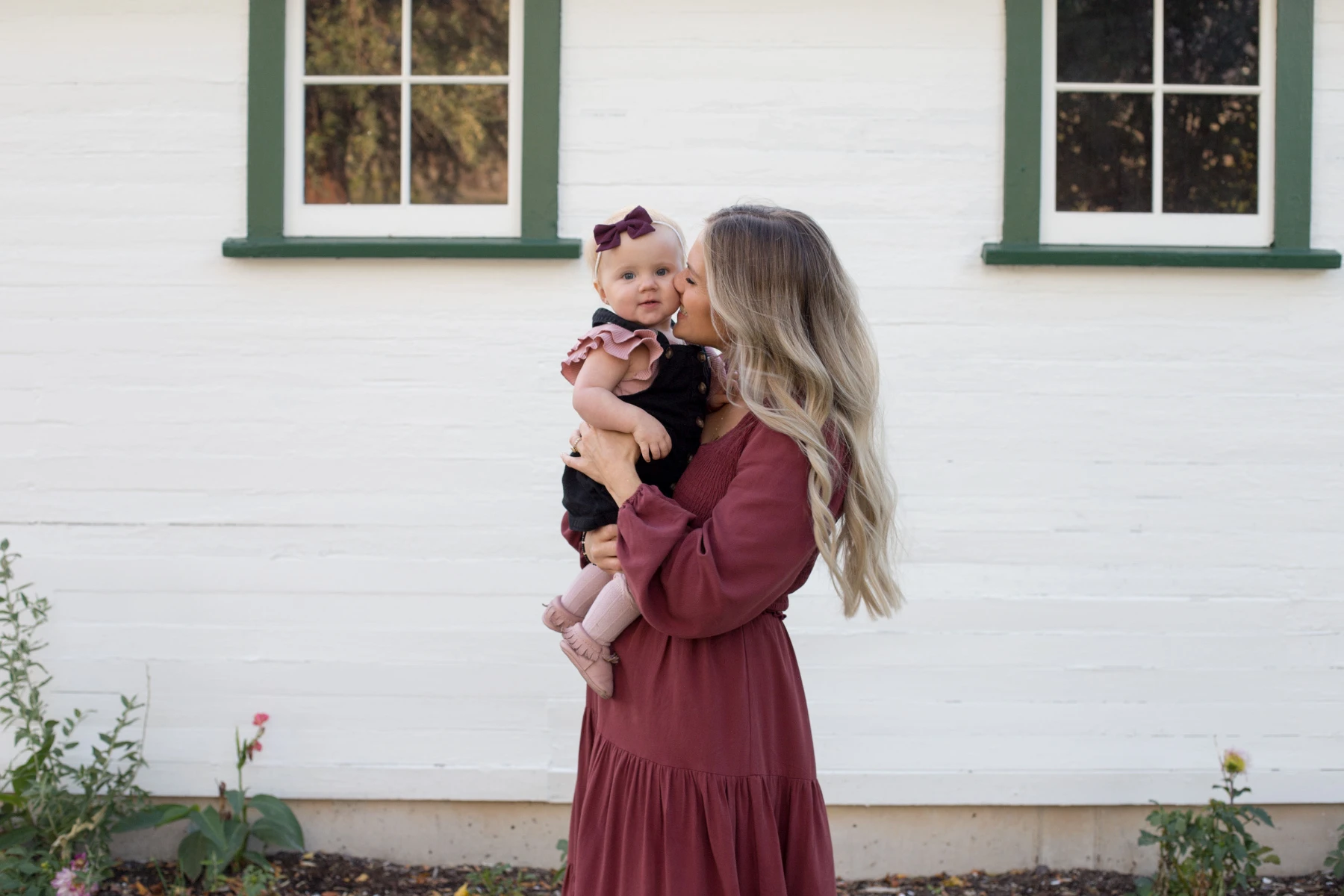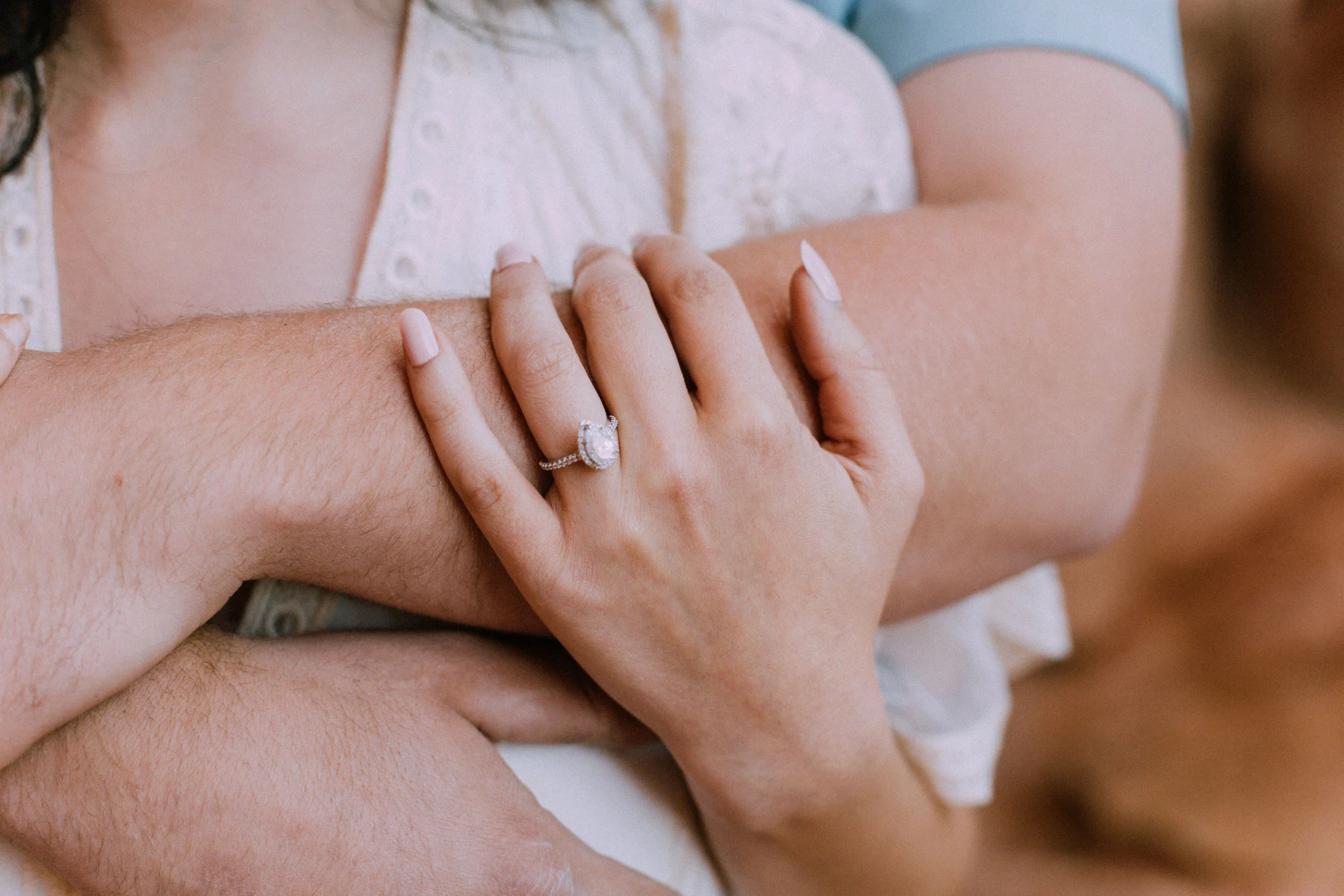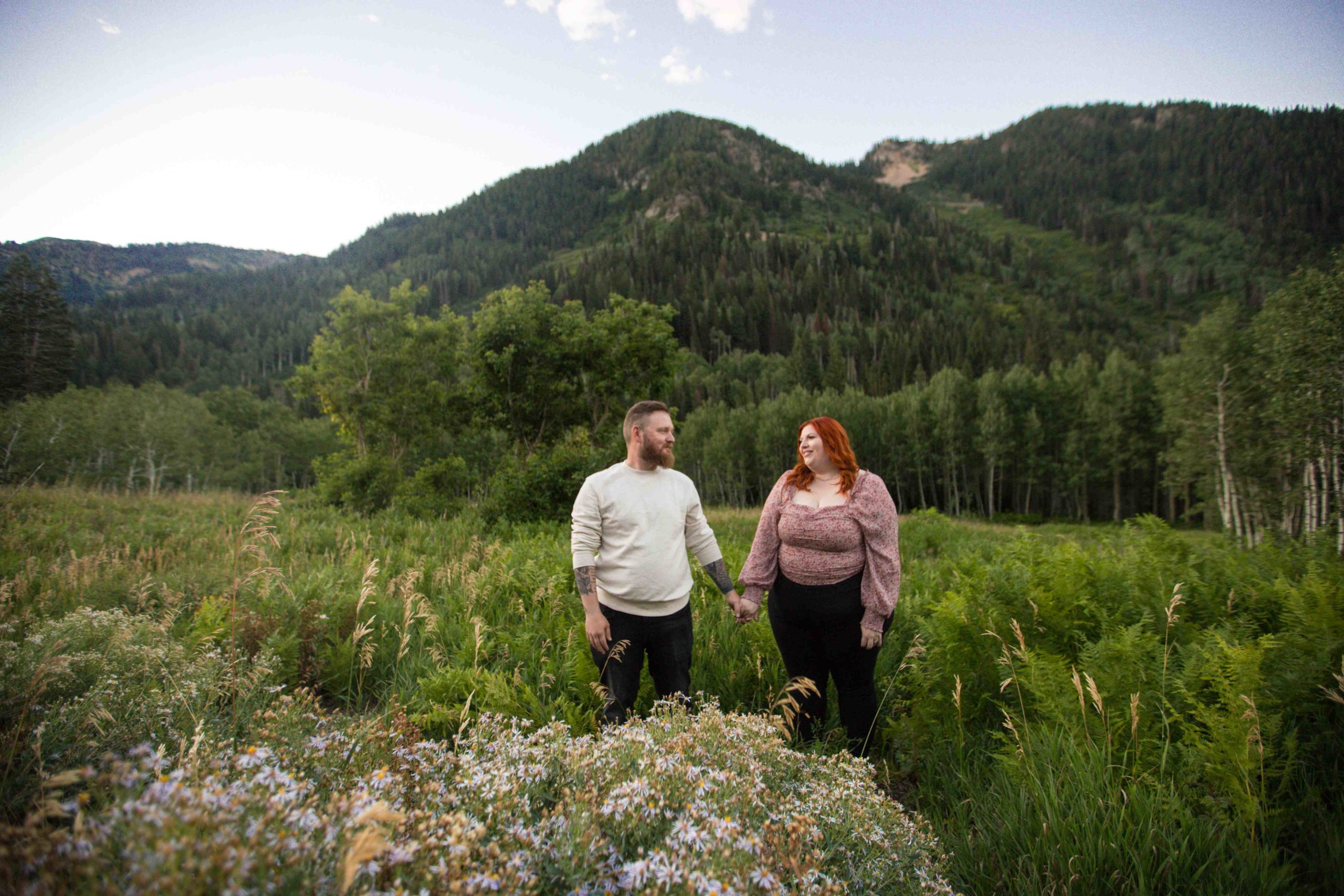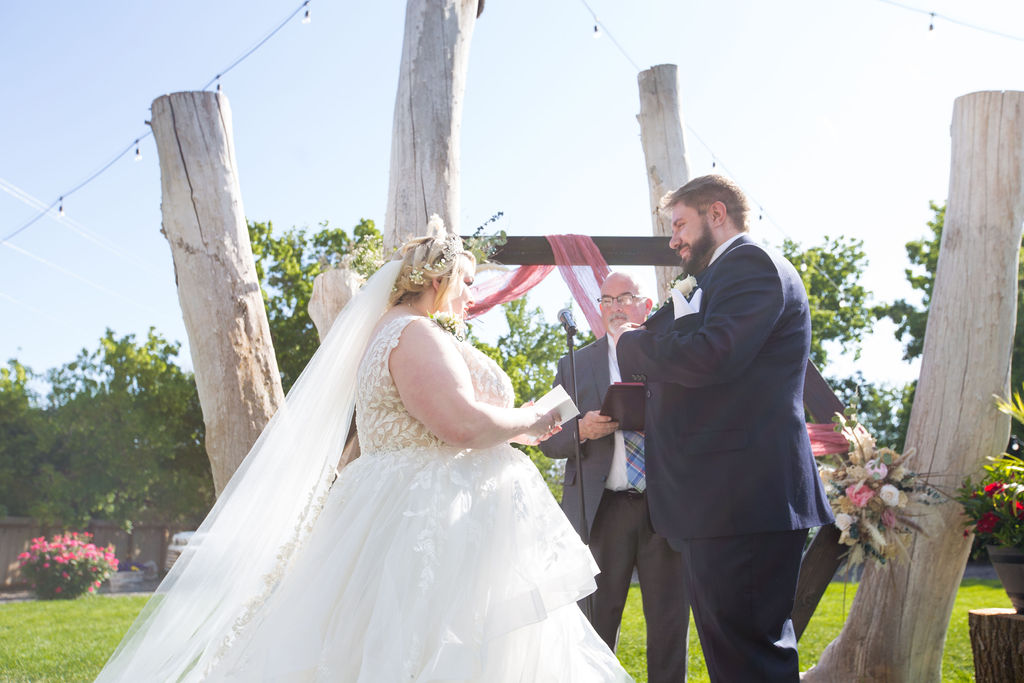Portrait photography captures a person’s essence, personality, identity, and attitude utilizing backgrounds, lighting, and posing. It is about one thing: the person in them. It does not matter whether the shoot is a tight headshot or an environmental portrait; it is all about the subject.
What Makes a Good Portrait?
Great portrait photography combines the proper technique with an artist’s expression.
First, a good portrait draws attention to the subject. This usually is achieved through a shallow depth of field, composition, color, and lighting. When done right, as soon as a viewer looks at the portrait, their eyes instantly settle on the subject.
Second, a good portrait tells something about the subject. It shows some element of their personality or life, while the viewer can look at a good portrait and know something about it. The best portrait artists can tell a whole story in a single image.
Outside of these two things, there is very little rhyme or reason to what makes a good portrait—there is much room to be creative.
What Are Photography Tips Every Photographer Should Know?
Below are tips for a good portrait photo:
Focus On The Subject
As indicated, the subject is the most important aspect of portrait photography. Making the subject comfortable with the photographer is essential for a successful portrait photography session. Take time to connect with the client before the photo shoot and, if possible, meet up in person.
Also, it is best to get to know each other and let the subject know more about the photography style and what the photographer is looking for in the shoot. Discuss ideas about the shoot with the subject and factor their preferences and abilities into the plan.
Search For The Best Location
Location is everything since the right location will depend on the portrait type to photograph. Photo studios are great for traditional portraits and fashion, lifestyle, glamour, or boudoir photography.
A great family portrait can also be taken in the forest during spring, summer, and autumn. If close to the shore, the photographer can create dramatic portrait shots during sunset with the High-Speed Sync technique.
Get The Right Pose
It is always a journey figuring out the right portrait photography poses for the subject that portrays them in the most flattering way. It is also the same exciting puzzle as getting the subject to pose in a way that complements them while keeping in mind the lighting, camera angle, and background. In this case, it’s best to try out various combinations of poses and angles to find the best options for the shoot.
Take Candid Portrait Photos
While getting subjects to pose can sometimes give less than optimal results, some are uncomfortable posing. In particular, this discomfort is apparent in child portrait photography, where posed portraiture images can appear forced and unnatural.
In this case, making the subjects feel comfortable and photographing them doing their usual, natural activities can yield fantastic portrait shots. Also, another helpful tip is that using a longer zoom lens to step out of the immediate proximity of the subjects can make them lose the shyness or stiffness of being photographed.
Learn How To Use The Camera
Portraiture photography, first and foremost, is about artistic expression and technique, which takes much practice to perfect. Once the nuances of portrait photography have been understood, investing in a good camera and lens is the next thing to consider.
While there is no such thing as the best camera for portraits, most cameras nowadays can capture great portraits. Nonetheless, it is a matter of understanding how to use them efficiently under different lighting and environmental conditions. In that case, getting a decent DSLR camera would control portrait photography settings and deliver sharp, high-resolution images in the RAW format that can be worked on in post-processing.
Choosing The Right Lens
The camera lens is essential in catching the right shot in all photography. Although there is no such thing as the best lens for portrait photography, decide which lens fits the scenario best. If the shot where the scenery or background is a crucial part of the picture, then it is better to use a wide-angle lens.
The Background Matters
As expected, the focus in portraiture is on the subject model, but there are more intricacies than that. Sometimes, an interesting background can add much drama to the photograph, which can help the subject stand out. While blurring the portrait background correctly, in most cases, can add more emphasis to the subject, it is also imperative to see how the background will turn out and to adjust the shutter speed and aperture accordingly.
Understand How Aperture, ISO, And Shutter Speed Work Together
No photograph will be out of grasp if the photographer understands the Exposure triangle or the interrelationship of three elements – shutter speed, aperture, and ISO. Understanding these concepts will open up new photography options and capture portrait pictures that were previously out of reach.
Lighting For Portrait Photography
Light is directional for those who have taken a physics lecture about light. It is a critical aspect for a photographer and forms the golden rule of lighting in photography. Directional lighting is why standing in front of a light source will make the subject dark and hardly visible.
In similar, having a light source to the side will make half the subject light up and half in shadows. It is also easier to stand facing a light source for a fully lit picture. Overall, the creative use of the sun as a light source in outdoor portrait photography can produce stunning results.
Using Props For Effect
Another great way to add a dash of color, excitement, and impact to the shots is adding props to portrait photography. By using photography props creatively, it can completely alter the nature of the photograph. Signature style can be developed by experimenting with shapes, textures, and pro p colors.
Editing And Post-Processing
While photographing is undoubtedly essential, beginners can often neglect the importance of proper editing and retouching in professional portrait photography. That said, the “professional” feel of the images is due to appropriate editing techniques. While this is a different subject on its own, some simple techniques can significantly improve the quality of the pictures.
Purists may see editing as a negative, but programs like Photoshop are just tools to enhance images. So, consider a situation where a headshot has been taken, and part of the body is not visible in the frame. Perhaps one of the hands is too widely spread to include in the frame. Now, the hands must be cropped to retain focus on the face.
However, cropping extremities, photographers should be careful to crop halfway between limbs or joints. Cropping half a bicep or half a forearm will make the image proportion. Always avoid cutting off the image’s fingers, shoes, or hair, as this tends to ruin the portrait.
The Bottom Line
Capturing stunning portraits combines the correct technique with the artist’s expression and personality. Captured By Lexi offers Portrait Photography regardless of if the subject wants to capture outfit details or just have some updated photos of themselves. Ultimately, Captured By Lexi knows the technique of taking portraits and how to create a stunning and emotional story that creates feelings in the viewers.

